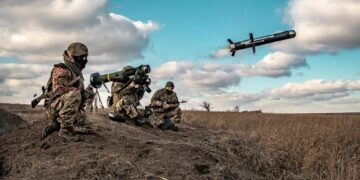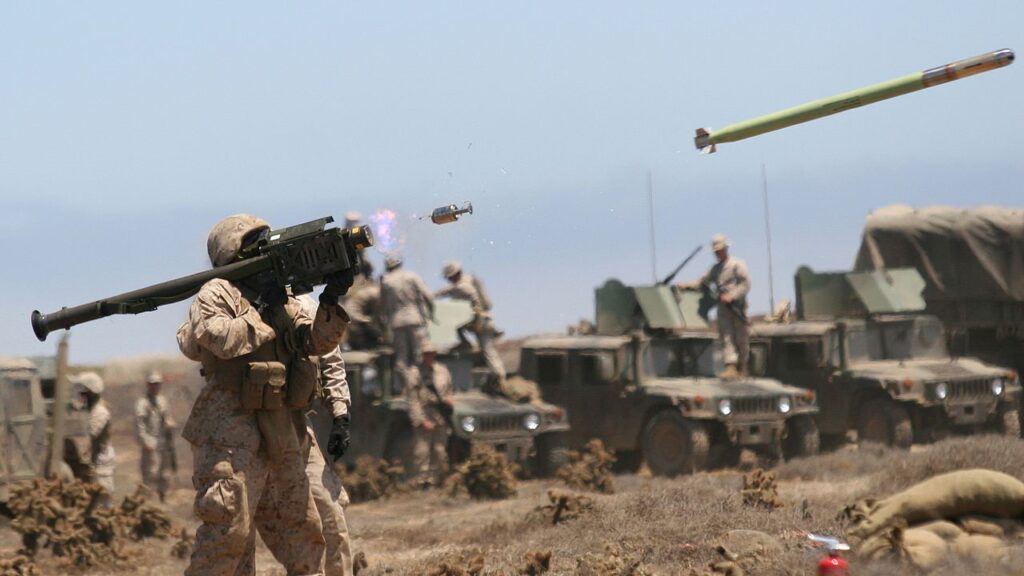Ukraine is facing an invasion from the east. The second biggest country on our continent with an area of nearly 604 thousand square kilometers is being conquered by the Russian army from several directions. The breadbasket of Europe has been turned into a giant warehouse of military equipment of all kinds.
Due to their shared history, both sides are using similar technology from the Soviet era. Howitzers, for example, often face each other, which differ only in the varying degrees of modernization and, most importantly, the much-publicized markings on Russian vehicles.
While Russia (so far) dominates the skies and wins in destructive missile power and quantity, the Ukrainian defences are nevertheless bolstered again by anti-aircraft and anti-tank small arms complexes from the West, Turkish drones and, undoubtedly, by military intel from NATO and the US. Let’s take a look at some of these weapons in the following few chapters.
With Russia dominating the skies over the battlefield in the early days of the conflict, the United States supplied Ukraine with its proven FIM-92 Stinger portable surface-to-air missile complex. Germany, one of the licensed manufacturers (Airbus Defence and Space), has also donated several hundred units.
The Stingers became famous in the 1980s in Afghanistan as an effective, easily operated weapon against helicopters and other low-flying targets. Indeed, a supersonic missile with infrared guidance and a warhead with a 1kg mix of HMX, TNT and aluminium powder explosives will take out an aircraft at a range of up to 4.8km and an altitude of 3.8km.


















































Discussion about this post